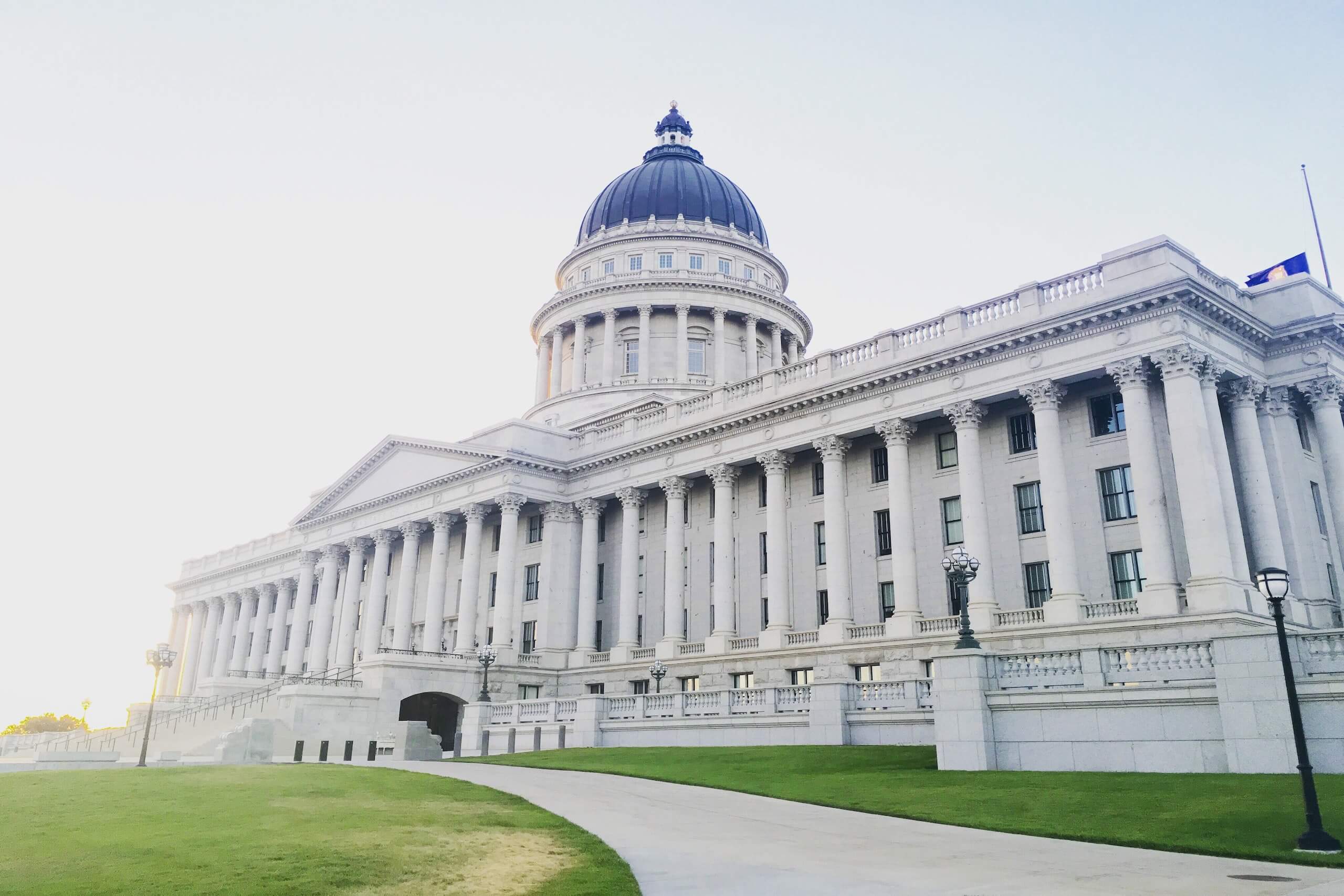President Joe Biden signed the Inflation Reduction Act of 2022 into law on Aug. 16. Despite the name, this sweeping piece of legislation addresses a multitude of areas from tax reform, prescription drug pricing and healthcare access to energy costs and climate change. In fact, the Inflation Reduction Act is being described as the most significant climate legislation ever passed in the United States.
For many Americans, addressing inflation is the most pressing issue of today. While there is a multitude of differing opinions regarding the bill’s ability to reduce inflation, (like this Congressional Budget Office report describing its likely impact as negligible) there are other home energy-related benefits to consider. Here’s a quick overview of how the Inflation Reduction Act helps homeowners.
Inflation Reduction Act Homeowner Rebates
The Inflation Reduction Act includes two key home energy rebate programs. As a homeowner, landlord, renter, building owner, contractor or occupant of any type of indoor dwelling—here’s what you need to know.
The new home energy rebate programs included in the Inflation Reduction Act are:
- Home Owner Managing Energy Savings Rebate Program (HOMES)
- High-Efficiency Electric Home Rebate Program (HEEHRA)
Combined, the two programs allocate $9 billion in consumer home energy rebates. This is through tax credits and direct rebates that help offset initial new appliance purchase and installation costs. What’s more, the new programs are in addition to existing home energy tax credit extensions that help ensure long-term utility bill savings.
HOMES AND HEEHRA
A few quick details regarding the HOMES and HEEHRA programs:
- It depends on state participation. HOMES and HEEHRA program funding is distributed to each state. This is only after approval of a state energy office’s application. Meaning; that your ability to use the HOMES and HEEHRA rebates depends on your state’s participation.
- Rebates are geared toward helping lower-income families. Both programs are aimed at increasing clean energy among low- and middle-income consumers. The HEEHRA program limits eligibility according to household income. Alternatively, the HOMES program is less restrictive but offers incentives for contractors completing home energy retrofits in lower-income areas.
- There is an assortment of home projects that qualify! Qualified energy-efficient electric home upgrades include projects and appliances like:
- Heat pump water heater
- Heat pump
- Electric stove, cooktop, range or oven
- Insulation, air sealing and ventilation systems
Inflation Reduction Act Home Improvement
The recent passage of the Inflation Reduction Act provides homeowners with energy-related rebates. It also creates a clear path for U.S. emission reductions and climate change action. And with hundreds of programs, extensions and changes included in the Act, there is still plenty to unpack. Stay tuned as IAQ.Works covers how the recent legislation will impact homeowners, renters, builders and indoor occupants alike.




